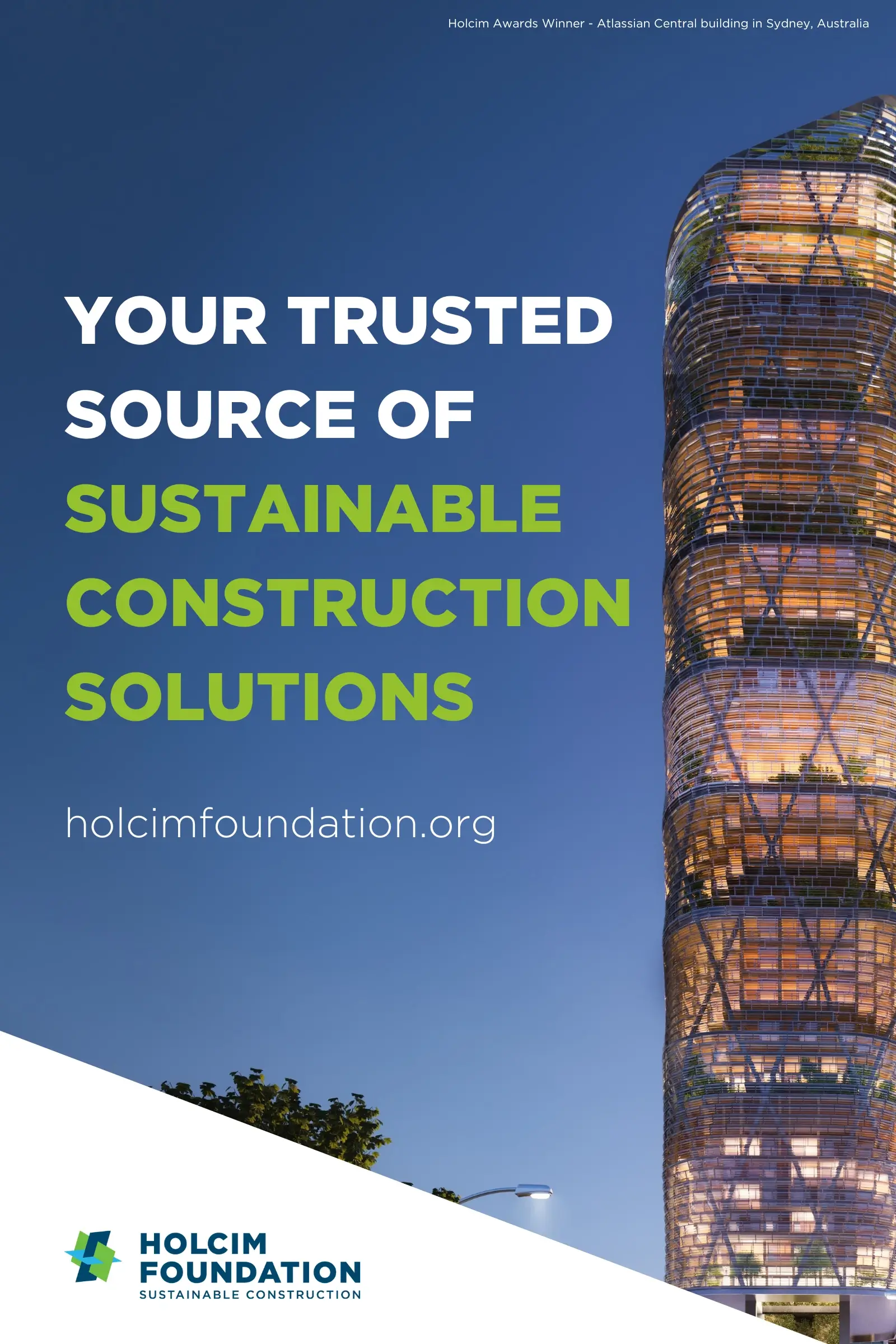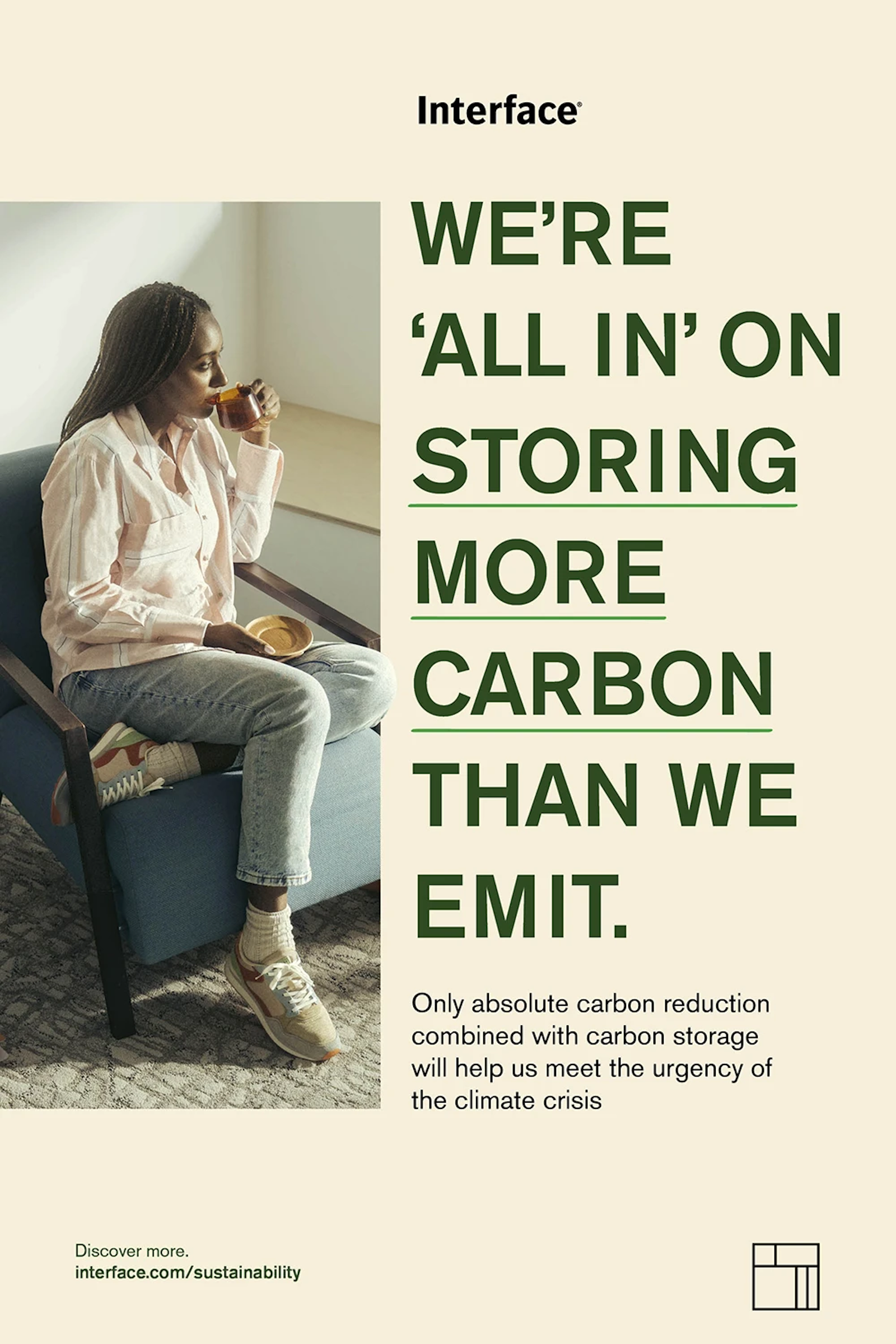Architectural acupuncture I: Small projects, big impact

In resource-constrained places, small can be powerful. How can a building, acting strategically as an acupunctural node, transform its neighbourhood socially, economically, and ecologically?
Green campus blueprints: Crafting net-zero architecture

The path to net-zero energy is filled with promise. Campus buildings offer a unique opportunity: they can be testbeds for new ideas and may also double as teaching tools.
Repair, rejuvenation, and regeneration __ Season 4 insights

Can architecture heal our planet? In this bonus episode, we delve into the power of regenerative design. From restoring existing structures to rethinking material ownership, find out how sustainability and healing go hand in hand.
BIG has a plan for the planet: Can it be done? __ Bjarke Ingels

All the noise around sustainability can be dizzying. In this episode, Bjarke Ingels returns to discuss BIG’s Plan for the Planet. Can a global framework based on real-world strategies help us achieve better individual solutions?
Suburbia is sprawling (and how to fix it) __ Tone Wheeler __ environa studio

How will Australia reconcile its sprawling suburbs with urgent sustainability needs? Tone Wheeler addresses this tension, challenging deeply ingrained cultural norms. Are tightly knit urban communities part of the solution?
Calm the mind, connect with place __ Võ Trọng Nghĩa __ VTN Architects

How to unlock the mind to produce better designs, faster? Võ Trọng Nghĩa explores this question, revealing a philosophy where meditation is the key to healing ourselves and saving the planet.
Industrial architecture: For efficiency and well-being

Factories have always been designed for profitability. However, as the Covid pandemic highlighted, a focus on worker well-being is equally important. Can industrial building typologies rise to the challenge?
Guardian of the built and unbuilt __ Brinda Somaya __ SNK
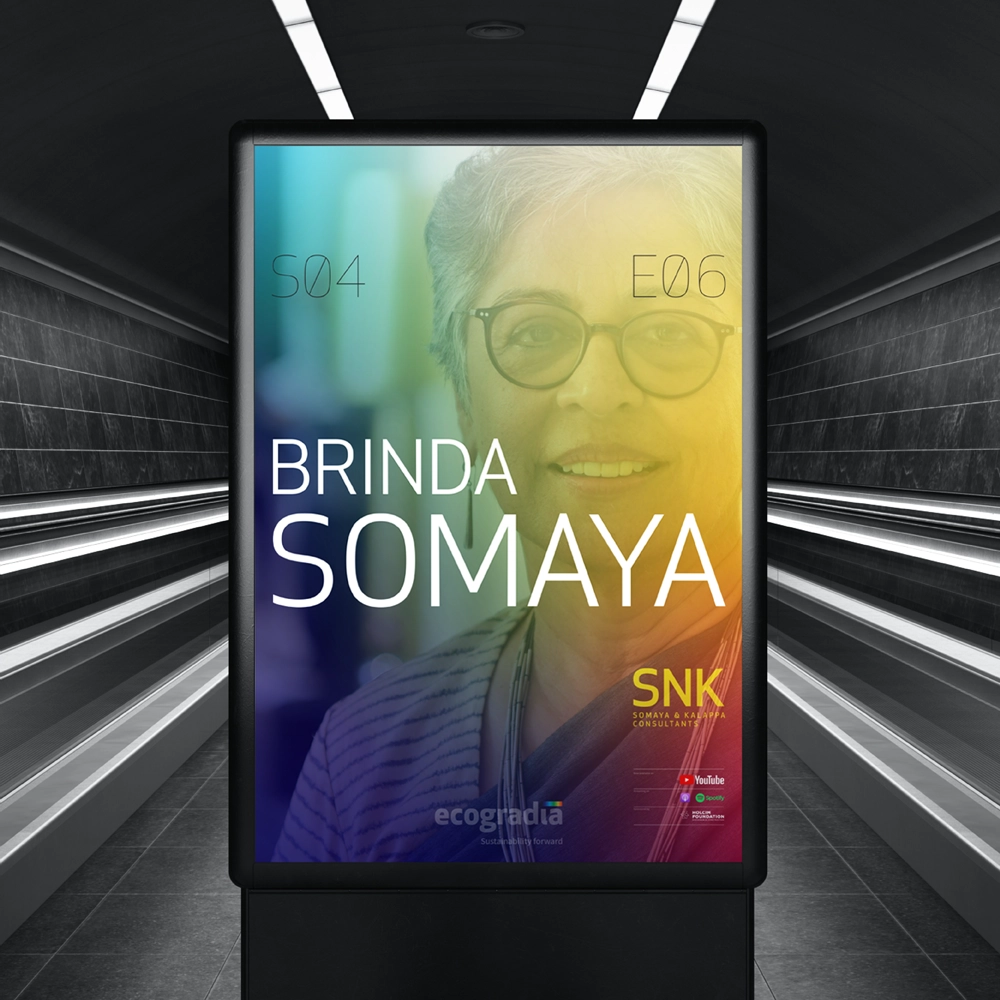
Navigating conservation and social equity, Brinda Somaya reveals how these considerations blend into a position on sustainability in India. She offers a blueprint for design that is low-impact, contextual, and compassionate.
Heritage and tradition: Innovating for a sustainable future
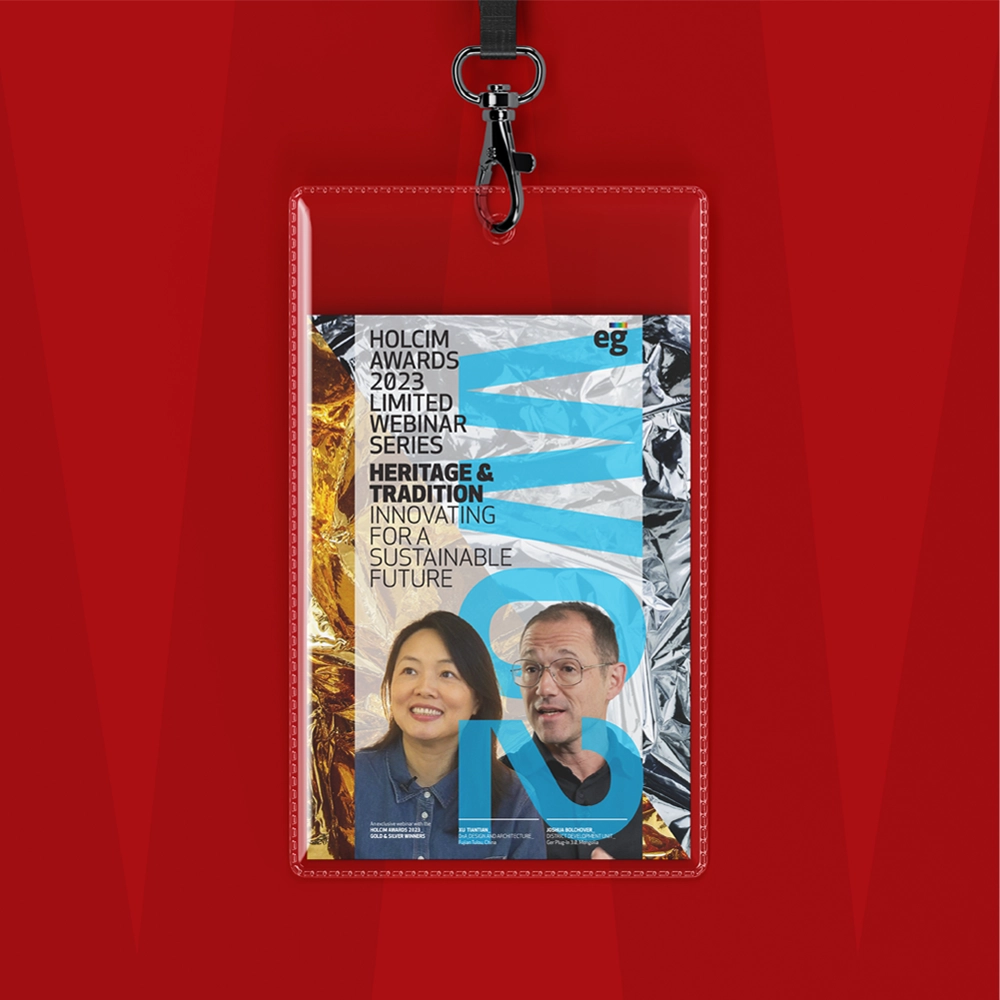
Traditional architecture is a melting pot of history, culture and knowledge-systems spanning centuries. Its continued decline globally begs the question: what can the past offer to the present and the future?
Challenging the greenery facade __ Leonard Ng __ Henning Larsen
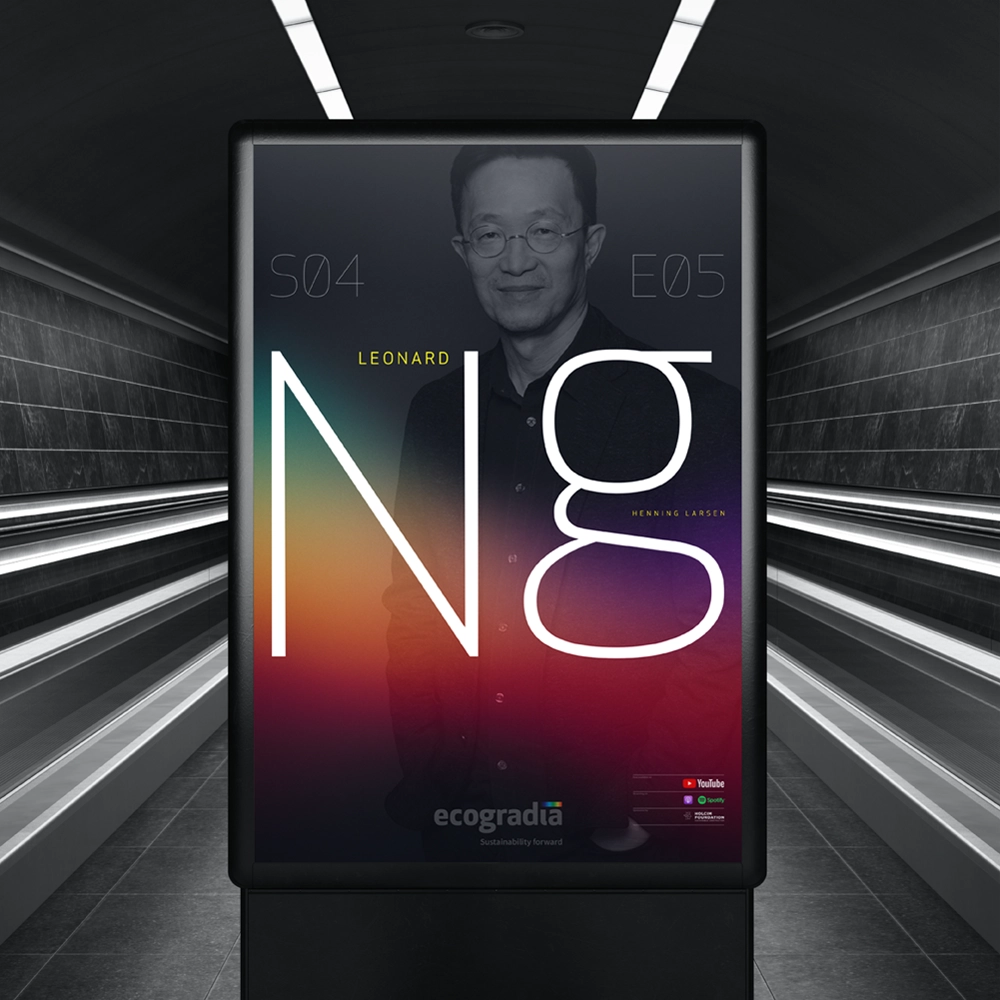
Explore the reality of greenery in architecture — pragmatic sustainability or mere aesthetics? Leonard Ng navigates the fine line, urging honesty in distinguishing between environmental impact and visual appeal.
Simplifying the carbon conundrum __ Stuart Smith __ Arup
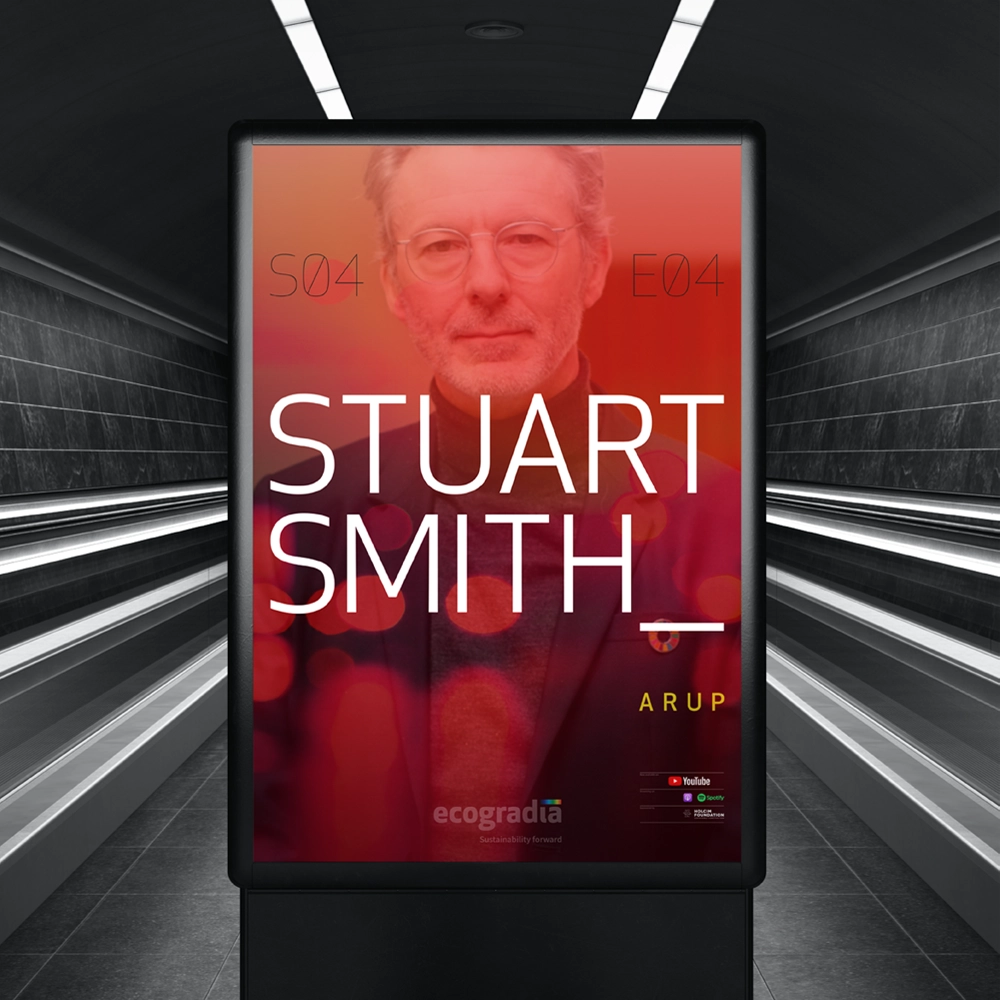
Tackling the carbon dilemma requires a fresh perspective. Stuart Smith reveals how considering a building’s entire life cycle impact can simplify carbon reduction decisions, guiding us towards more sustainable choices.
Integrated multisystem approach: A key to sustainable design
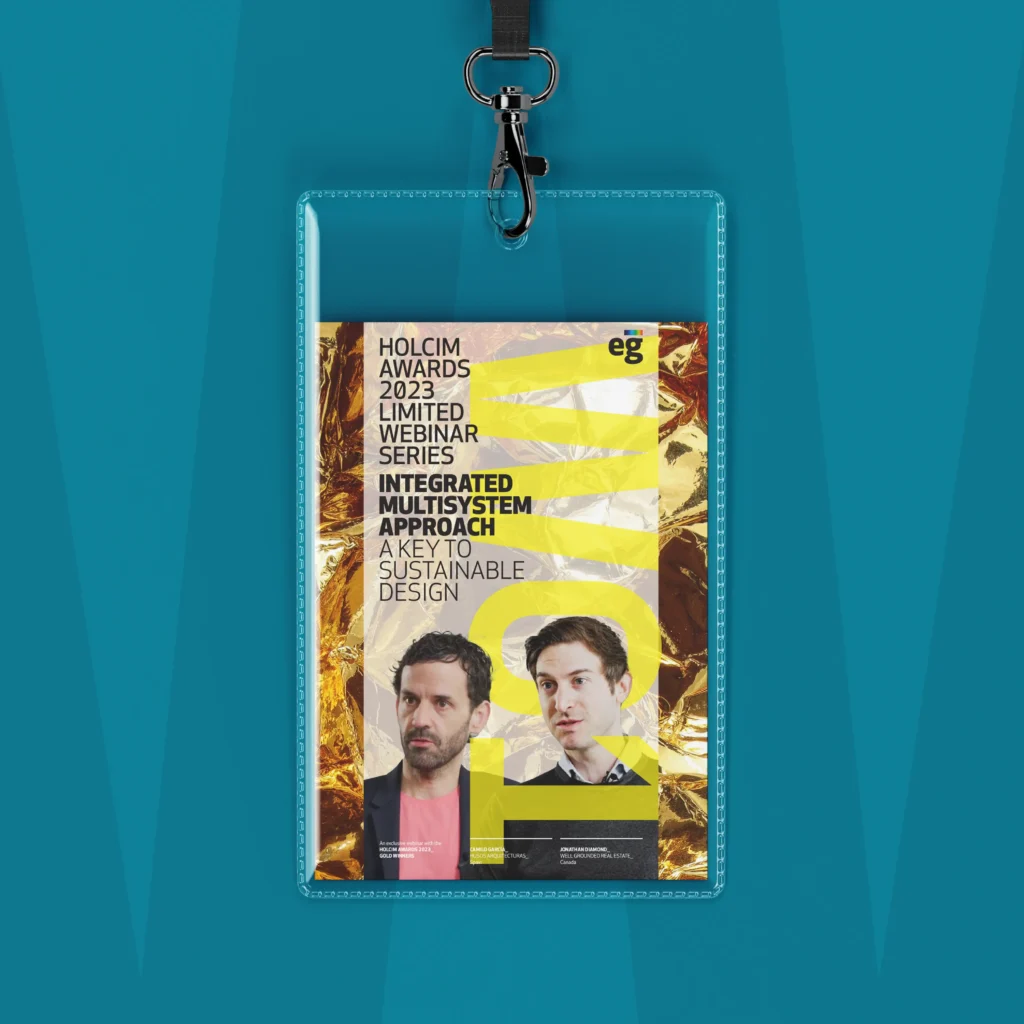
Each building is a nexus of multiple systems ‘talking’ to each other. This integrated approach is often key to optimising performance. But how does integration work? How do you rally stakeholders and negotiate trade-offs?
Connecting people to place __ Barclay & Crousse

Many countries in the developing South seek pathways to a sustainable future. Peru-based architecture firm Barclay & Crousse offers a prism on what this looks like, when it is anchored to the specifics of people, climate and place.
Unleash the power of process __ Kjetil Trædal Thorsen __ Snøhetta
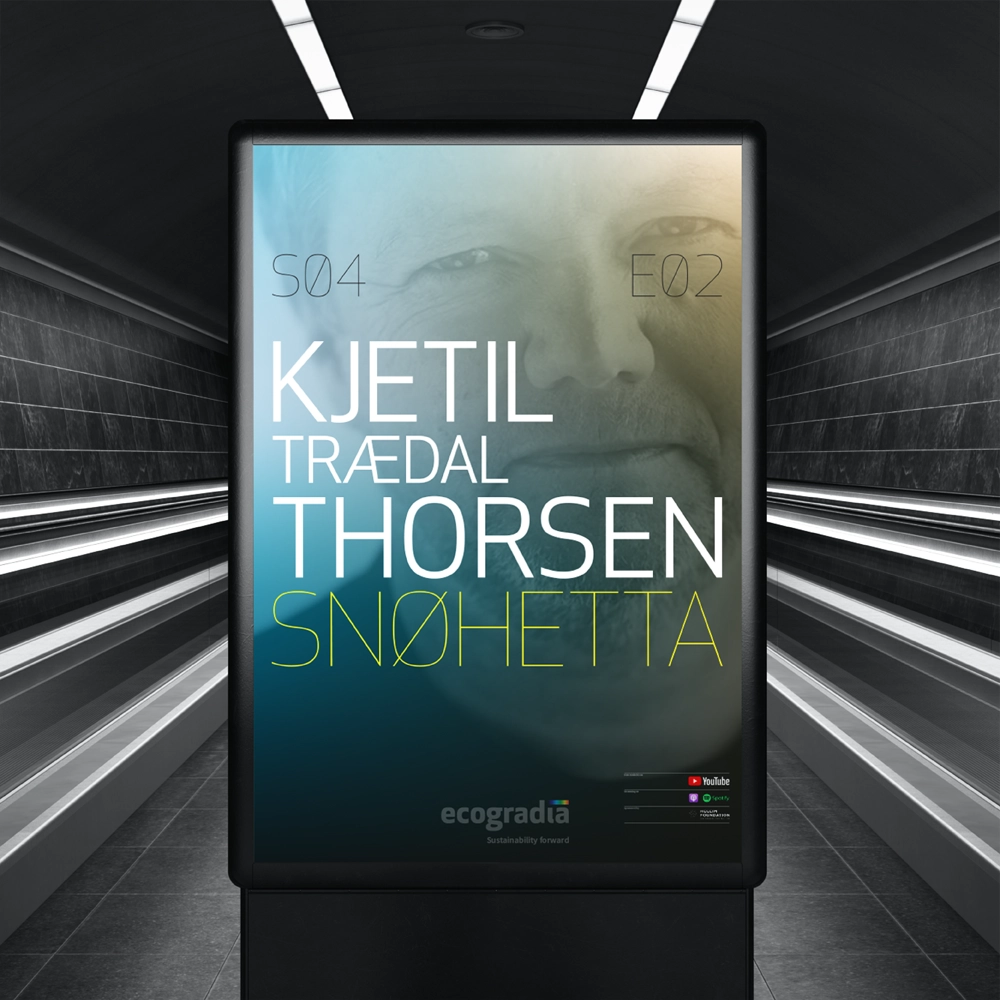
Good design often reveals what we do not know we need. But such a feat depends not only on what we tweak and improve, says Kjetil Trædal Thorsen, but how we re-imagine the process. The question is: where to start?
How form-making will unlock the power of architecture __ Bjarke Ingels

Bjarke Ingels is a global brand. Whatever one feels about starchitects in general, he is a force to be reckoned with. What does he think is the future of buildings and cities? What role will design play in solving the climate crisis?
Roadmaps and signposts: Experts put sustainability to work this new season

Sustainability is a journey. Ecogradia is back with a new series of ten episodes to find out from world-leading players how to forge ahead, keep faith, beat the odds and put ideas to work, right from the drawing board.
The bottom line: Global views and takeaways from season 3

Season 3 is a wrap. What were the small and large, local and global challenges singled out throughout this series? What can we control at the drawing board and what remains beyond our grip? This is what we learned.
Holcim Awards 2023: Round-up in Venice with the jury chairs
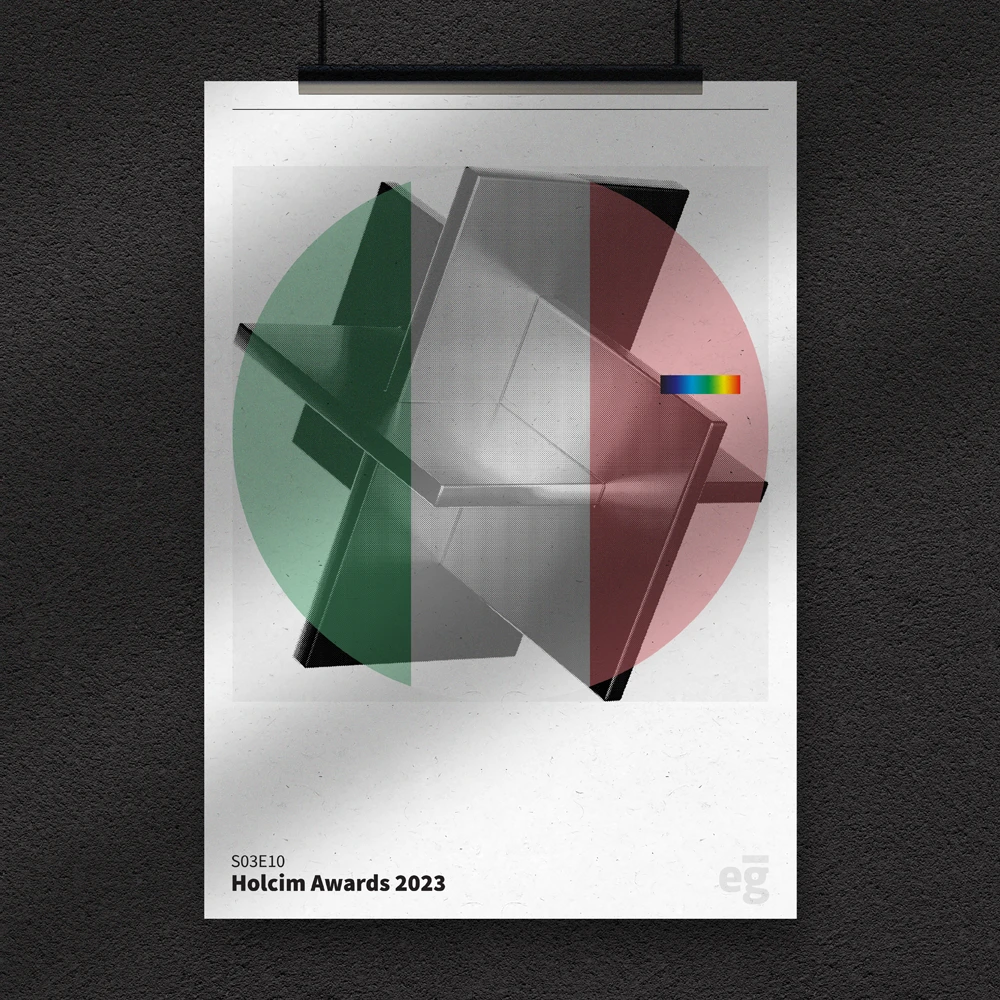
This year’s competition is now over. Out of 2,380 registrants from 114 countries, 20 entries stood above the rest. So what were the big takeaways? Who showed the most ambition? The five jury chairs are here to tell.
Paul Finch, World Architecture Festival: The tastemaker (Part 2)
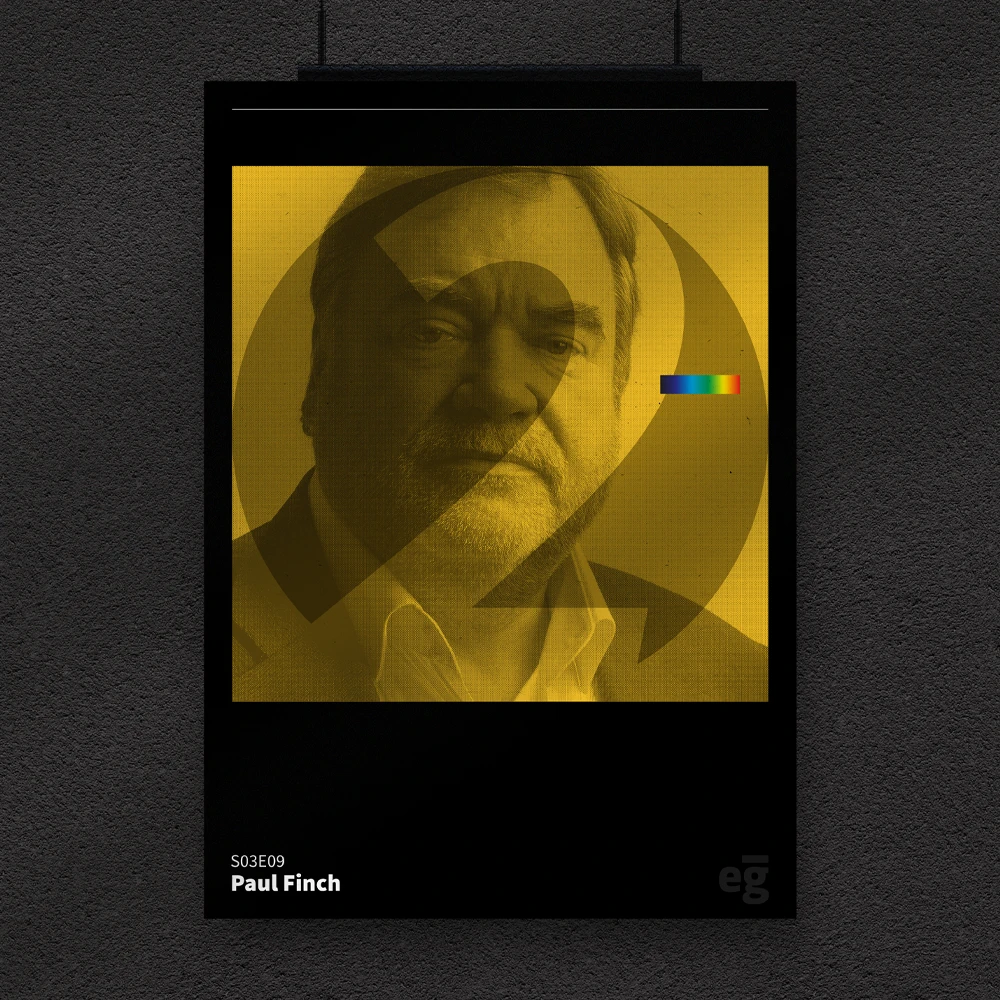
How does the architecture we praise today square up with a sustainability mandate? Do green imperatives dampen the spirit at the drawing board or can they lift design excellence to new heights?
Paul Finch, World Architecture Festival: The tastemaker (Part 1)
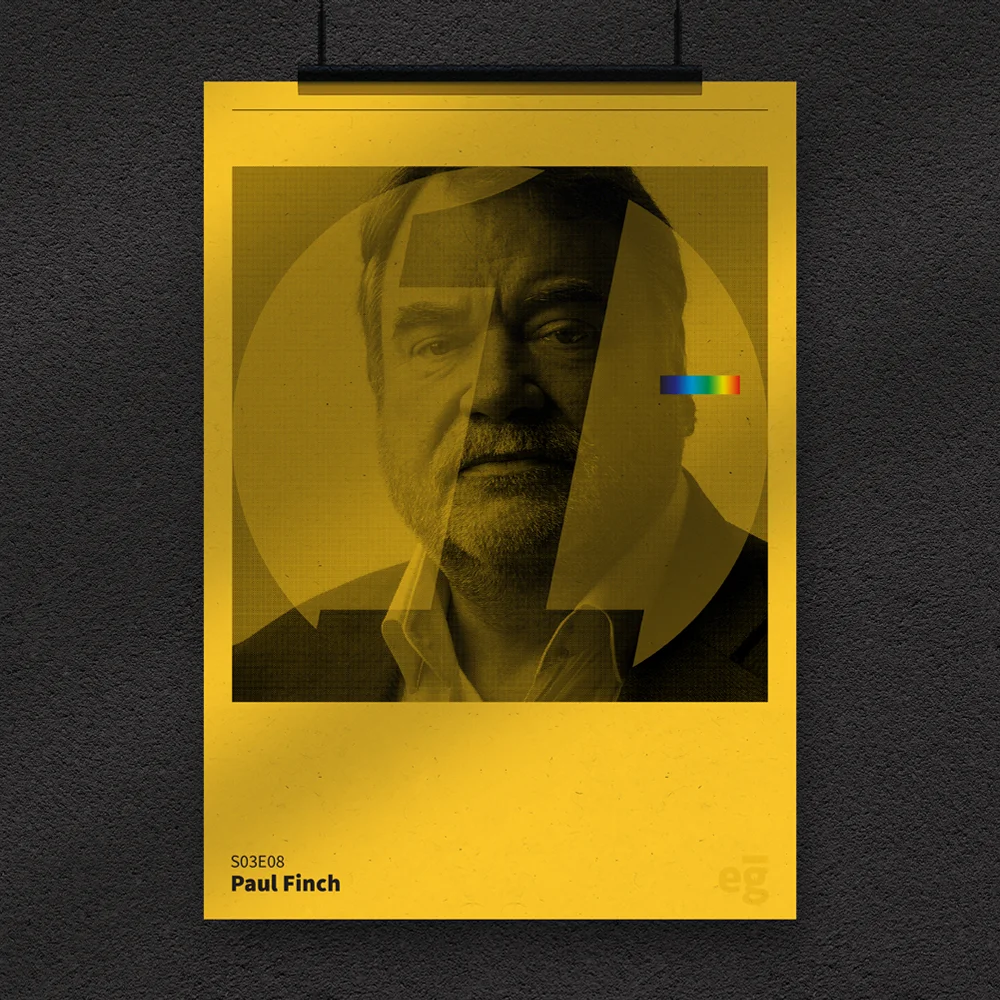
How does the architecture we praise today square up with a sustainability mandate? Do green imperatives dampen the spirit at the drawing board or can they lift design excellence to new heights?
Nina Maritz, Nina Maritz Architects: The frugality champion
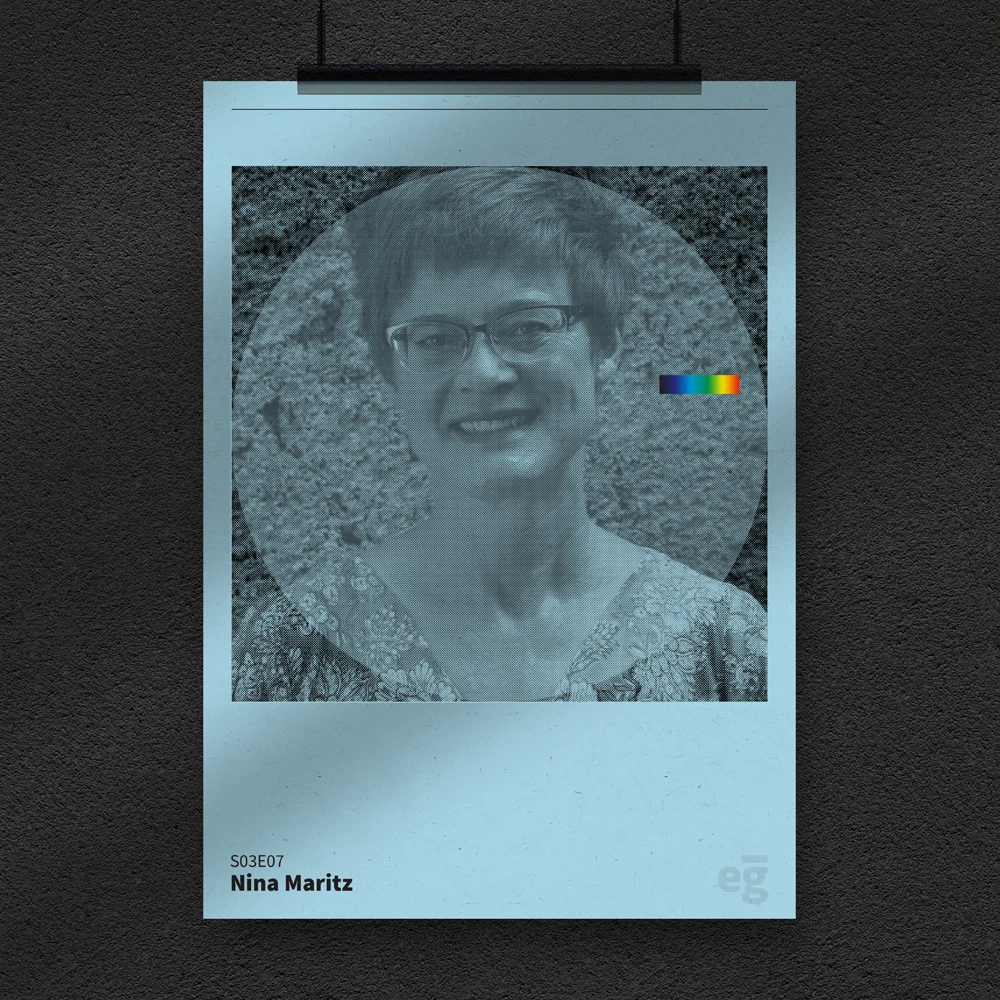
Can necessity unlock greater innovation? How to create an architecture of delight and renown when the climate is harsh, resources are scarce and budgets tight? Can less ever become something more?
Ambrish Arora, Studio Lotus: The reflective practitioner
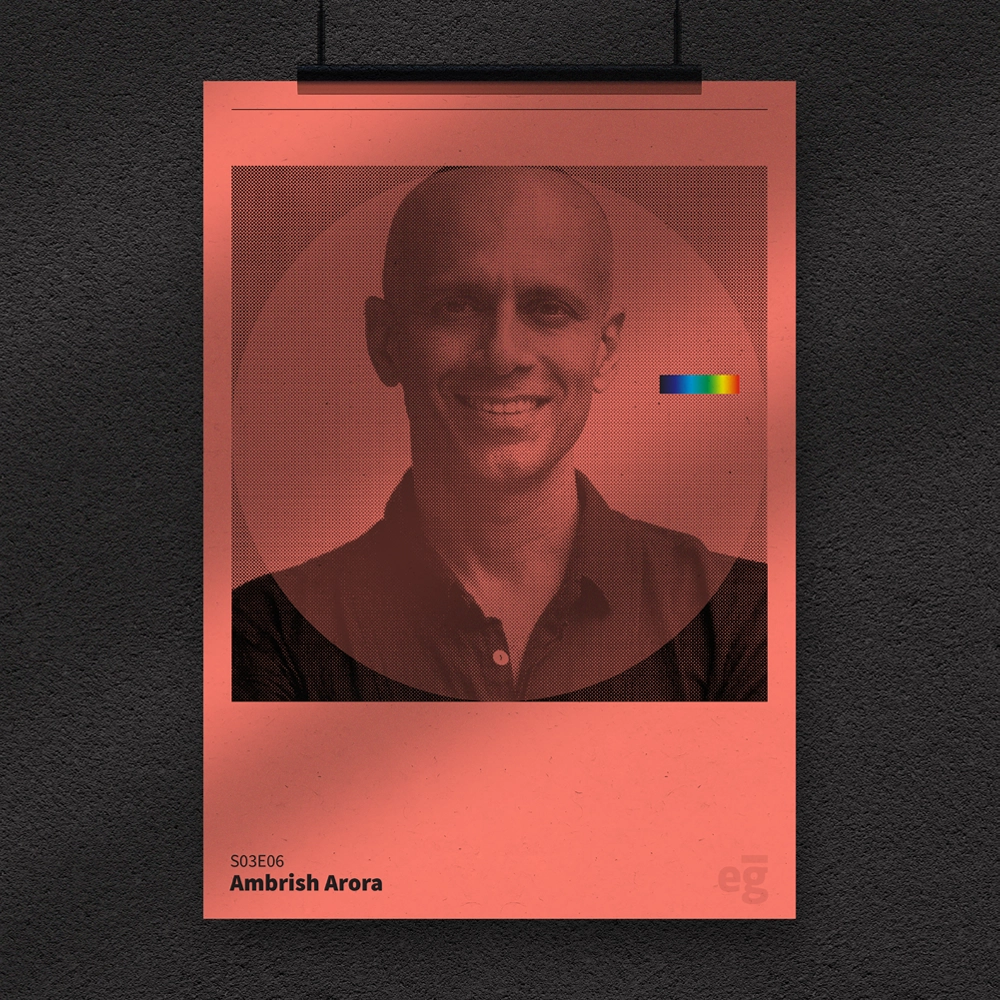
Could a universal process account for all things sustainable — energy, materiality, comfort, etc. — in all typologies, from resorts to low-cost buildings? Would this work in a land as vast and complex as India?
Tatiana Bilbao, Tatiana Bilbao ESTUDIO: The architect of care

Buildings offer shelter. Good architecture does more: it is a form of care for the mind and spirit. So how do we ensure sustainable equitable care for everyone, all social and emotional needs included?
Benny Kuriakose, Benny Kuriakose & Associates: The vernacularist
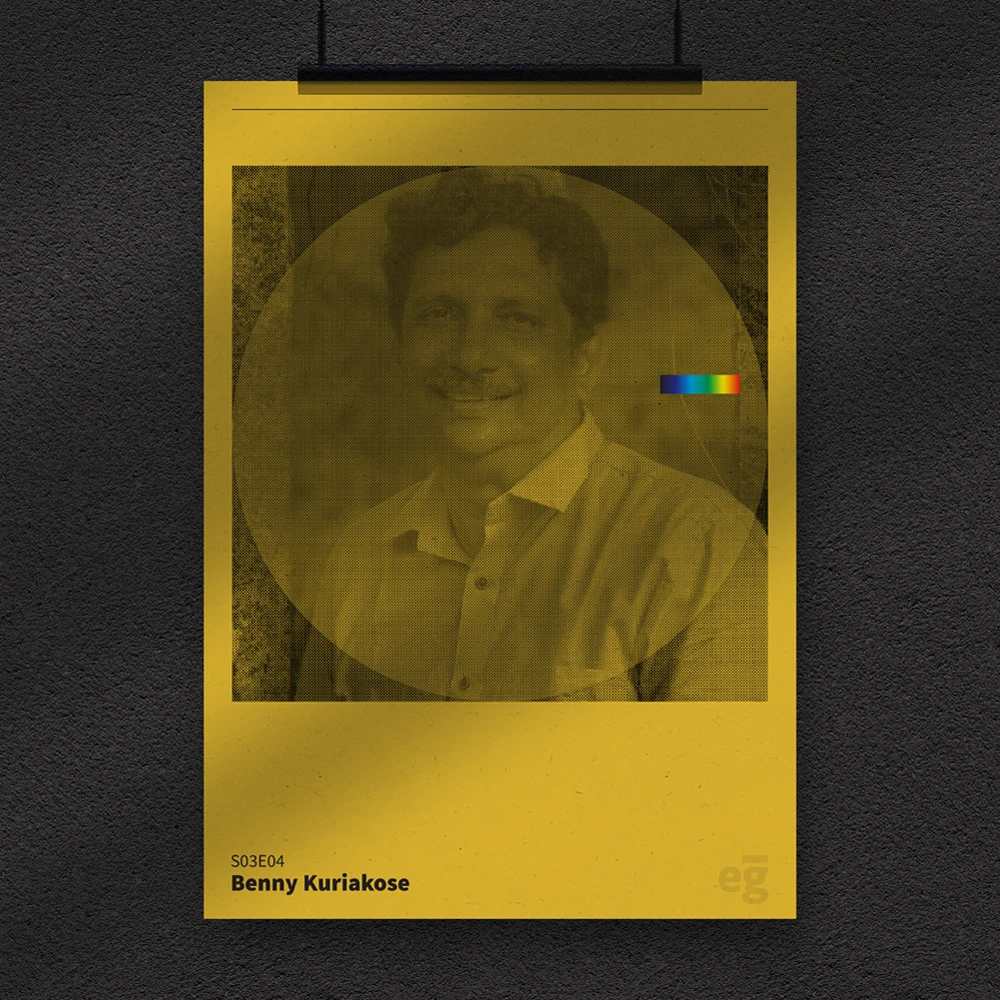
There is wisdom in the vernacular. But does this knowledge offer something more than feel-good nostalgia? Are traditional buildings models for low-impact architecture that must be emulated?
The heat is on: Pressing ahead with a third season of ten new episodes
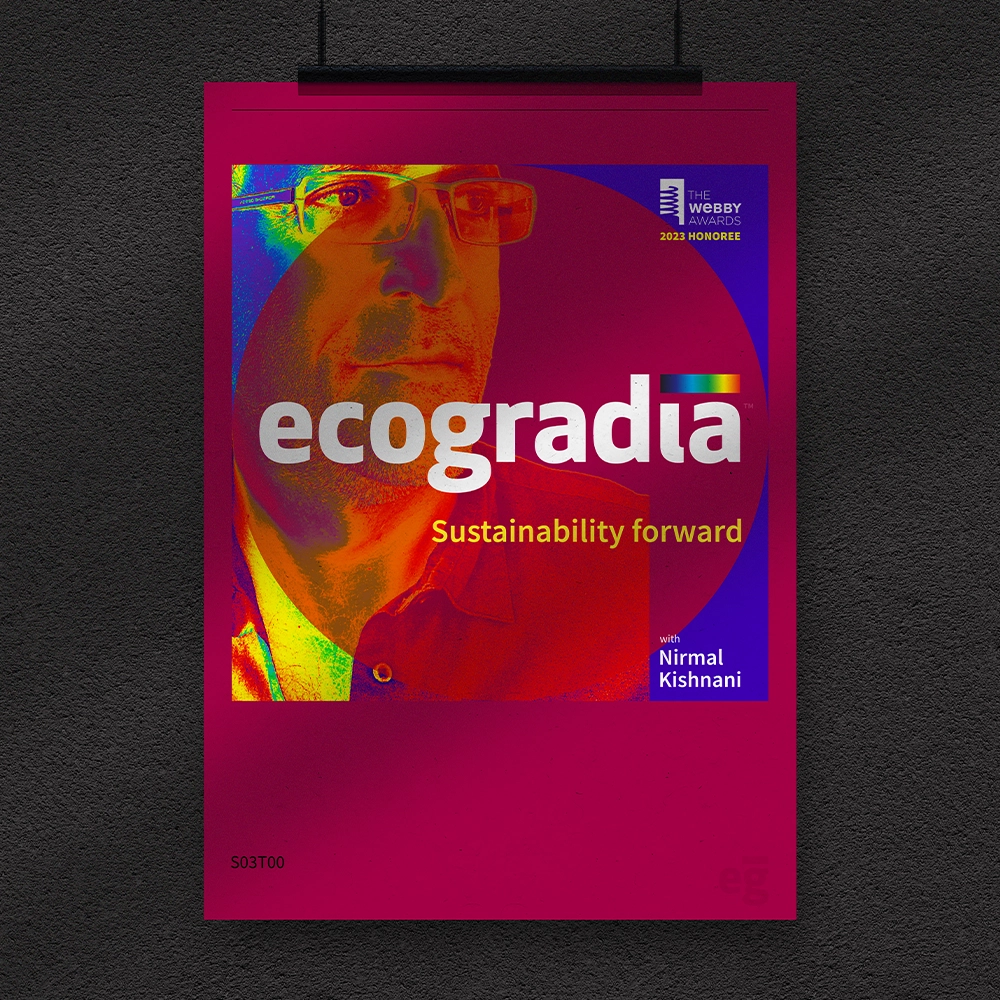
The climate crisis is here. Extreme weather is perturbing all lives rapidly across the world. How should buildings and cities respond? Should action be rooted in science or vernacular know-how? Or maybe both?
Looking back at season 2 from the cutting floor

Season 2 of Ecogradia has come to an end. Before we move on, let’s take a peek at some of the talking points that didn’t make the cut in the last ten episodes. Here is what was left ‘unsaid’.
Wong Mun Summ and Richard Hassell, WOHA: (Re)Defining beauty

Can sustainable buildings be both high-performing and beautiful? In the age of social media, image is king. Is our appetite for novel forms at odds with our goals for better performance?
Alyssa-Amor Gibbons, Studio Amor: Standing up to hurricanes

Extreme weather is often a matter of life and death. How do we design for the growing frequency and ferocity of storms? Do we resist at all costs or should we build structures that give in a little to save the whole?
Prasoon Kumar, BillionBricks: Innovating homes for the homeless

More than a billion people are without shelter today. They could be 3 billion by 2050. Is the growing demand a giant opportunity? What if houses for those in need could produce both renewable energy and long-term profits?
Daliana Suryawinata and Florian Heinzelmann, SHAU: Being tropical

Tropical architecture: is it a perspective on place or a question of performance? How can architects from nations along the equator, like Indonesia, draw on local know-how rather than imported technology?
Bill Browning, Terrapin Bright Green: Crafting biophilic solutions
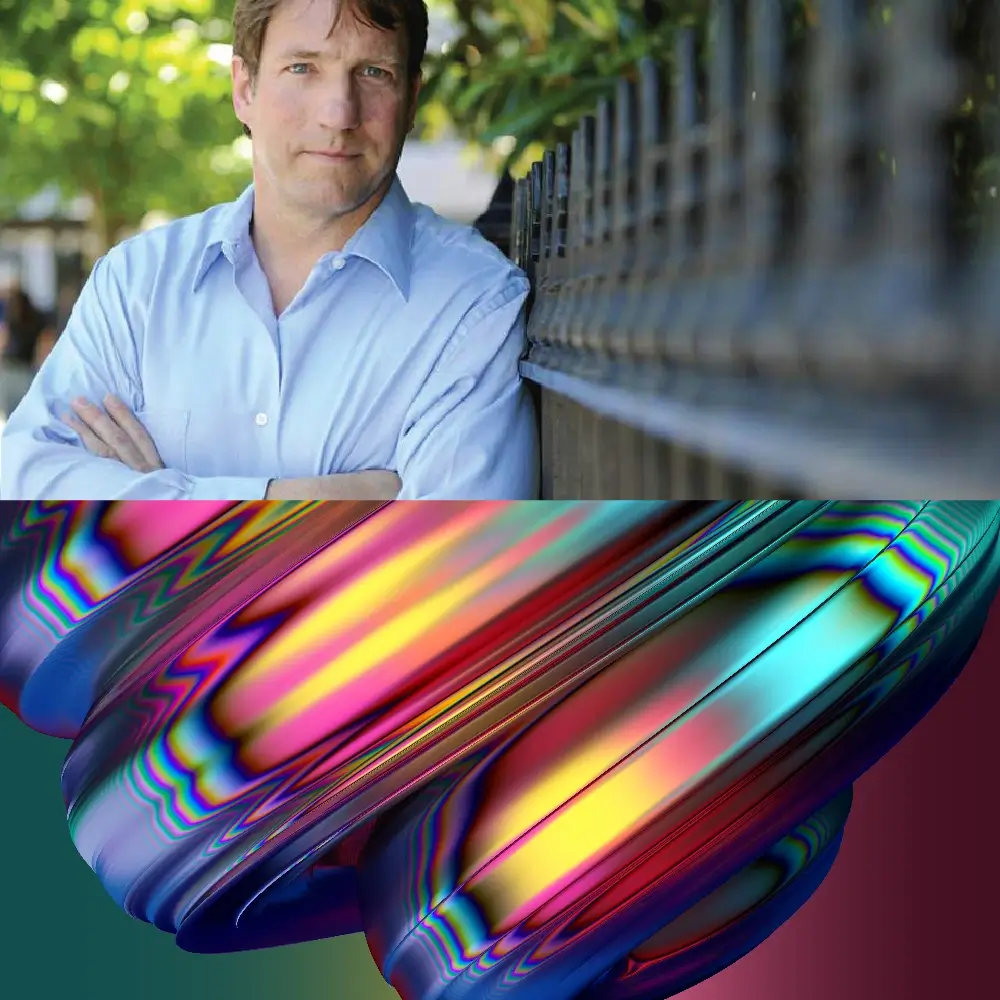
As a species, we seek closeness to nature. Designing for well-being, therefore, aims to bring nature to the heart of the built environment. But what do these ‘biophilic’ spaces feel like? And how do we set the stage to reap their benefits?
Chrisna du Plessis and Bill Reed: Regenerating life by design
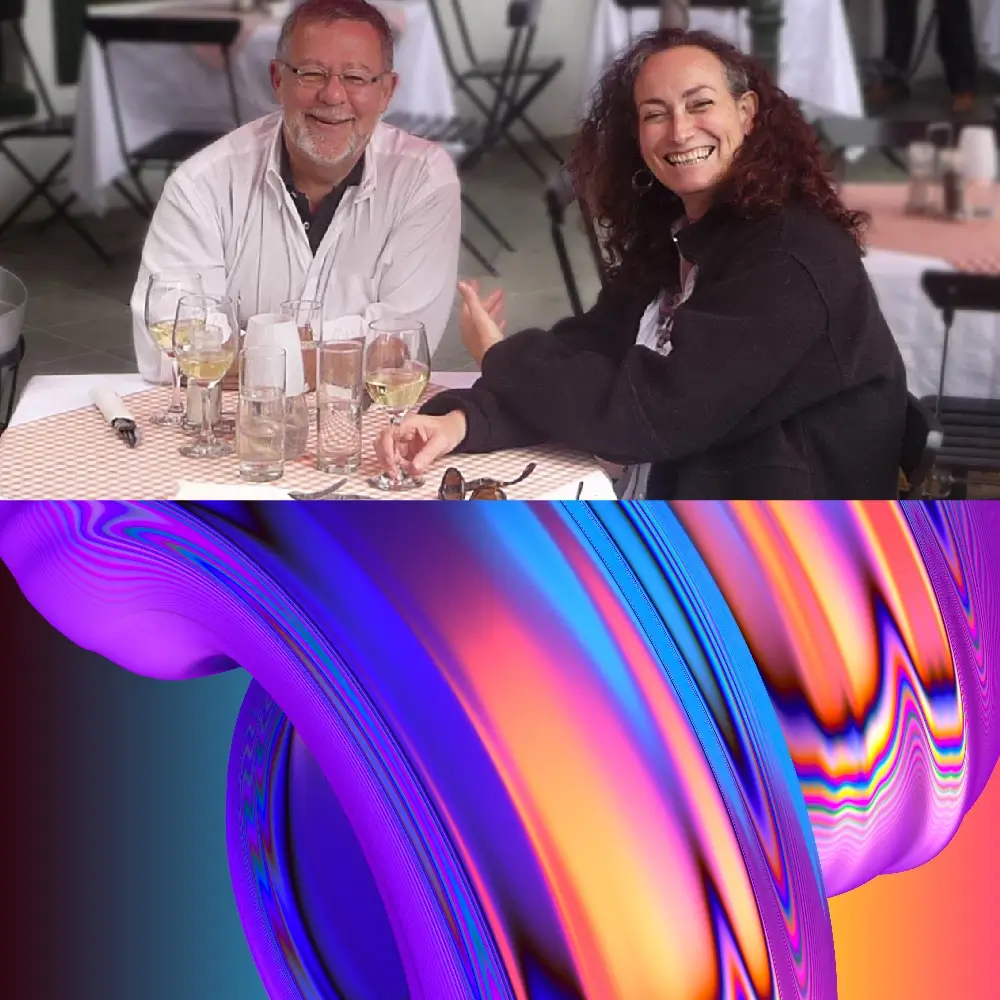
Should our buildings and cities minimise harm or do ‘good’ by design? In a world already at risk, less harm is no longer enough. We must repair, regenerate and create new life. So where do we start?
Gregers Reimann, IEN Consultants: Building higher performance

What is a high-performing building? Do the two yardsticks of performance — efficiency and well-being — complement each other? If there are trade-offs, how do we prioritise?
Ashok B. Lall, Ashok B Lall Architects: Bridging the social and environmental
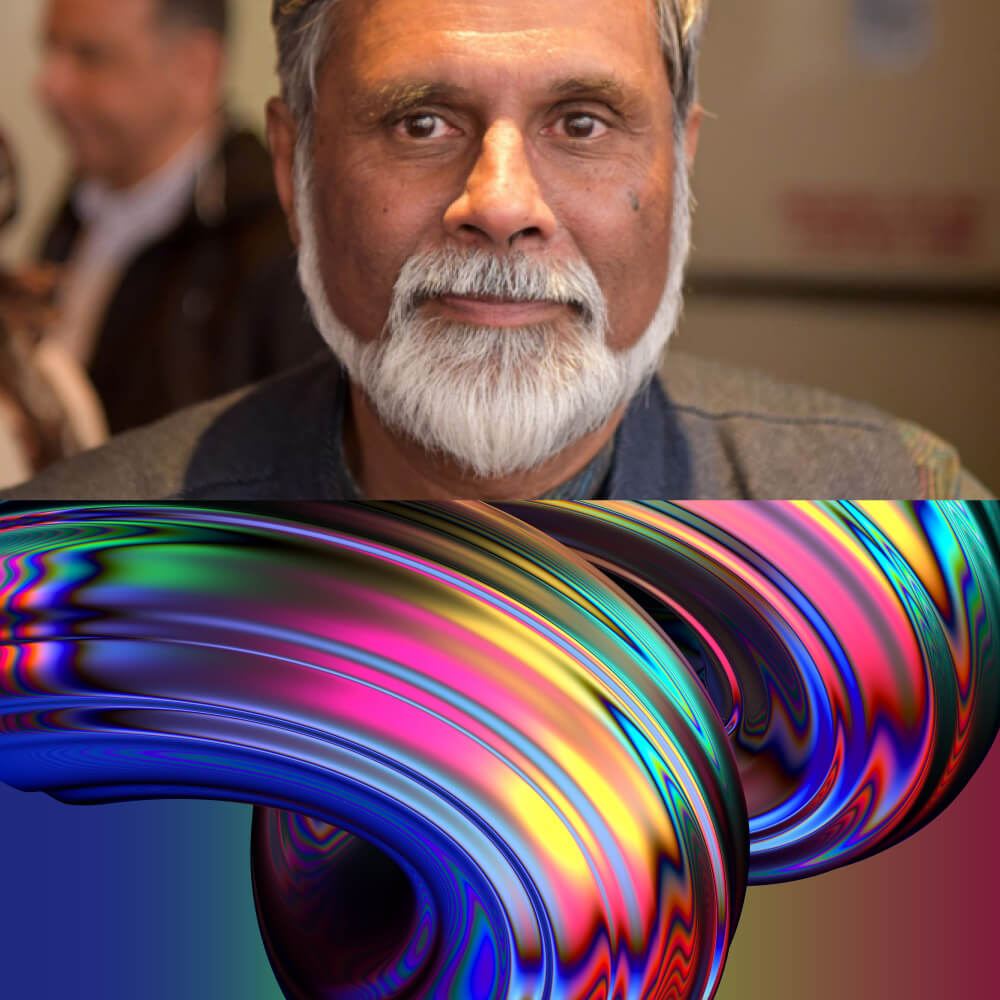
Can design bridge the social and the environmental? How would a building do both, effectively? Is it possible to marry beauty and wellness with intelligence and efficiency?
Ten new episodes to keep the ball rolling, starting end-January
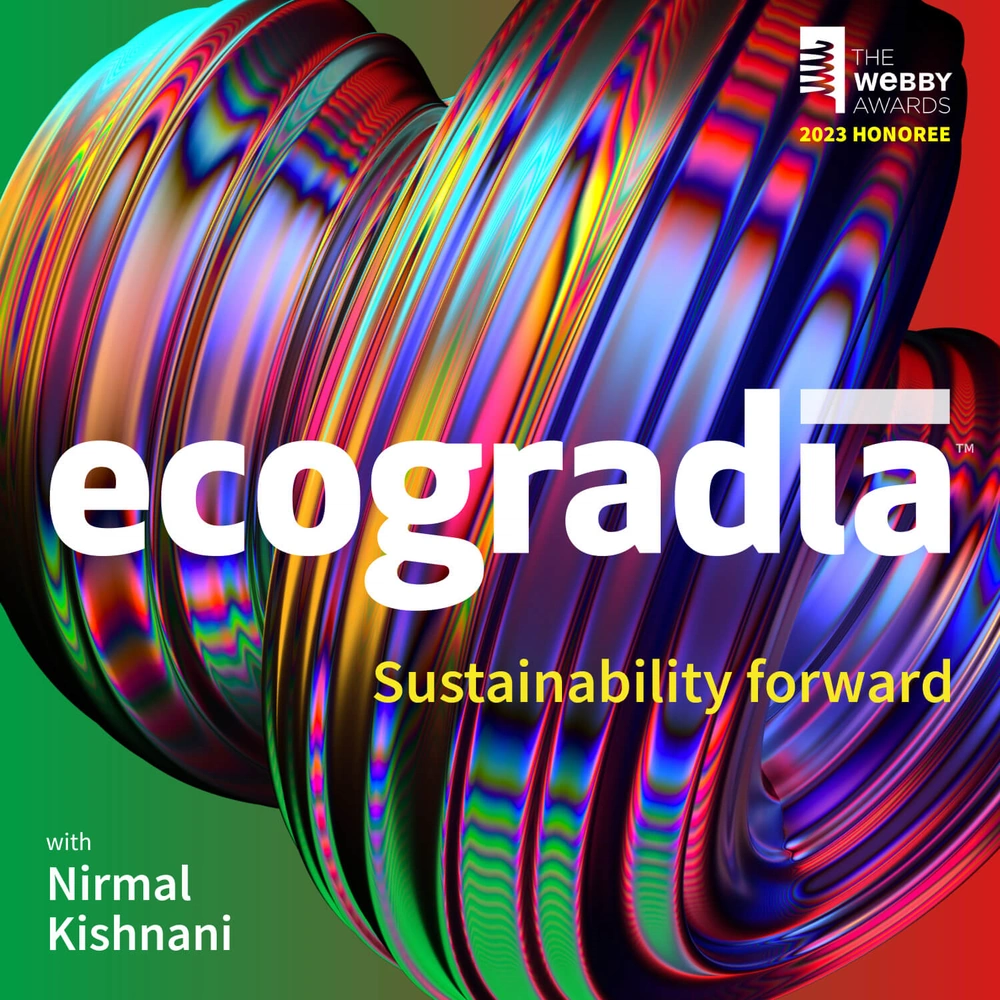
What matters more to a sustainable future? Better buildings or better urban systems?
What do we do, where do we start, when the answer also hinges on our relationship with natural systems?
Rahul Mehrotra, Harvard University Graduate School of Design: The kinetic city
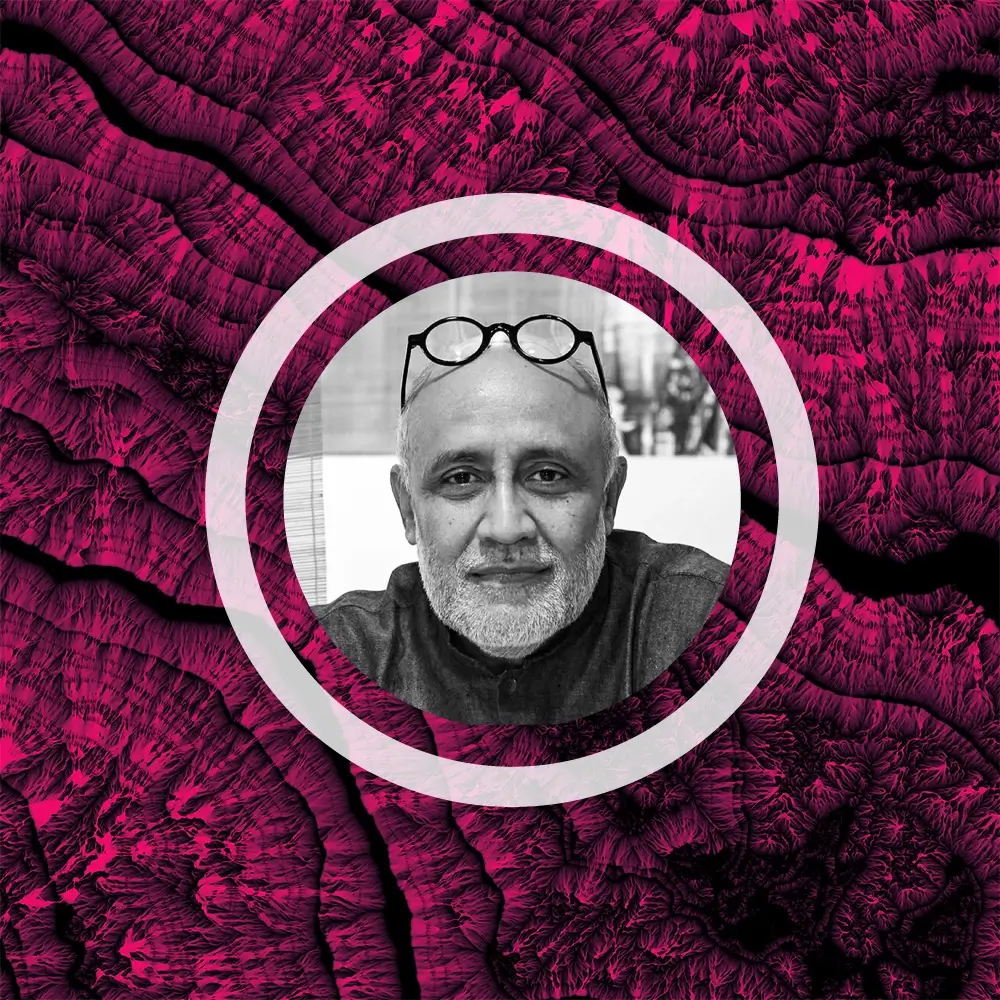
Cities are evolving, living systems. Why then do we design them as fixed and permanent? Is it time for a new theory of urbanism, better suited to the developing world, where urban space is often used in transient ways?
Manit and Sonali Rastogi, Morphogenesis: ‘An architecture of almost somewhere’

Can a building address local and global imperatives? Can it be informed by the vernacular and yet be energy efficient? Can it be locally attuned and low carbon? What would this look like, say, in a place like India?
Wolfgang Kessling, Transsolar: Low tech and low energy for high comfort

Cooling and heating consume a lot of power in buildings. But what if the answer to the question of comfort was only partly about mechanical solutions? What if we could create comfort indoors with little or even no energy?
Prashant Kapoor, IFC/World Bank: Making sense of sustainable finance

We are seeing today a newfound interest in sustainable finance. Words like Green bonds and Green mortgages are increasingly common. But what do they actually mean?
Wong Mun Summ and Richard Hassell, WOHA: (Re)Imagining the city

How can we fix the problem of cities today? Is density at the expense of liveability? Are human-made and natural systems — key to our survival — at odds with each other? Can design offer a solution?
Introducing Ecogradia: The sustainable architecture and urbanism podcast
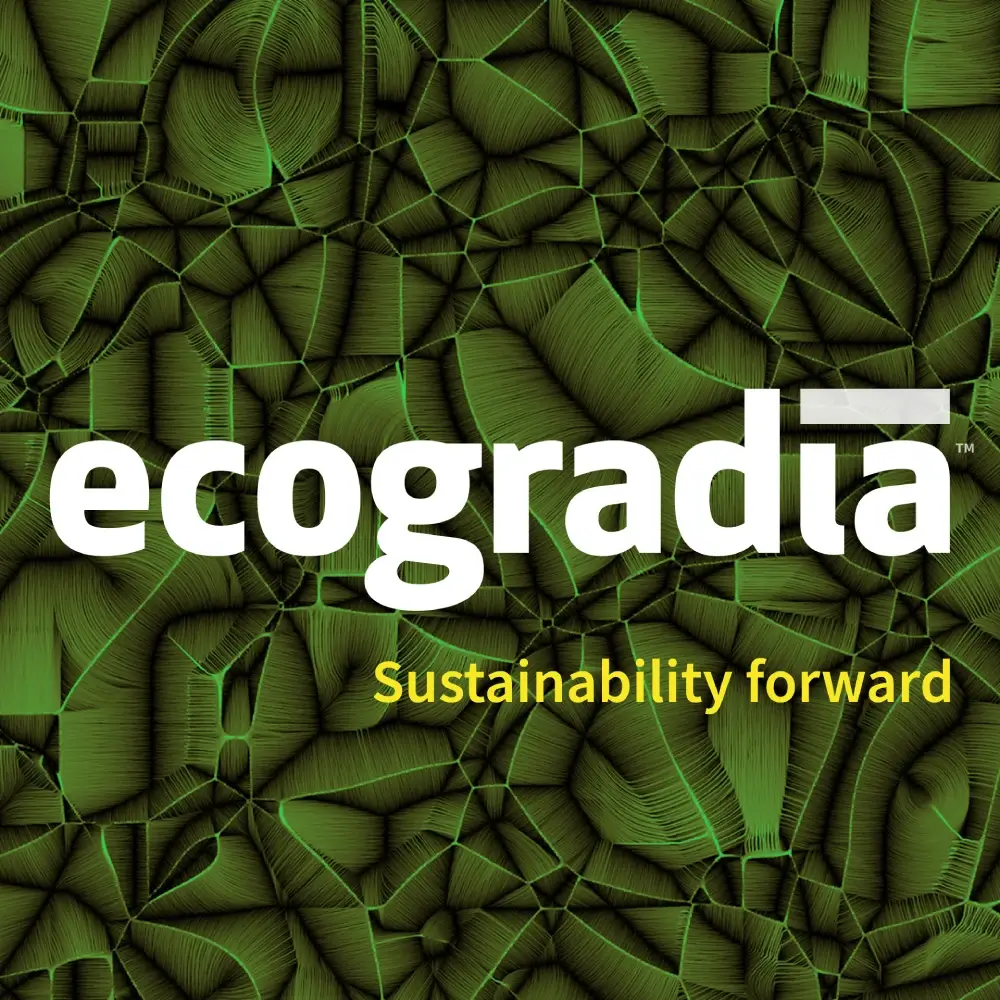
Are buildings and cities doing enough? Are they rising to the challenge of an uncertain future? And are we doing what needs to be done fast enough?





